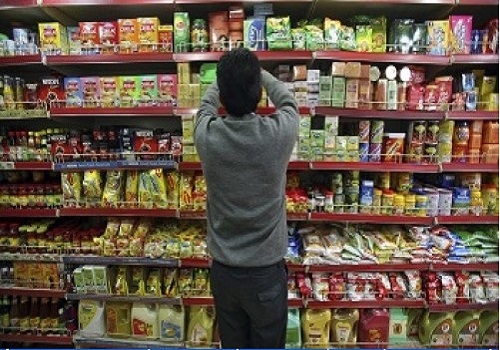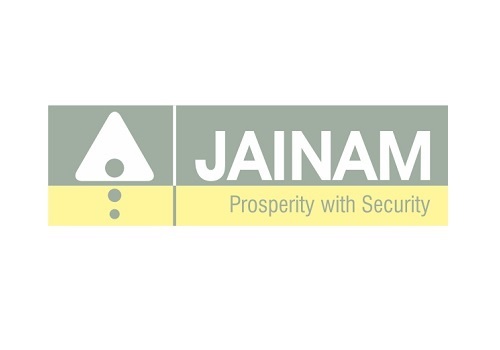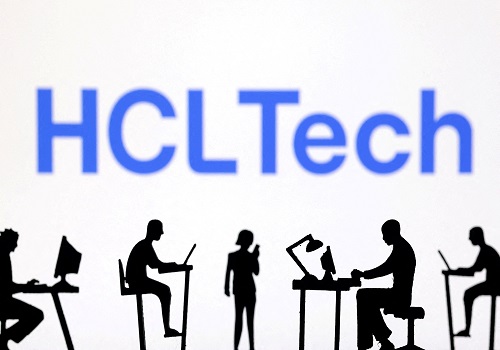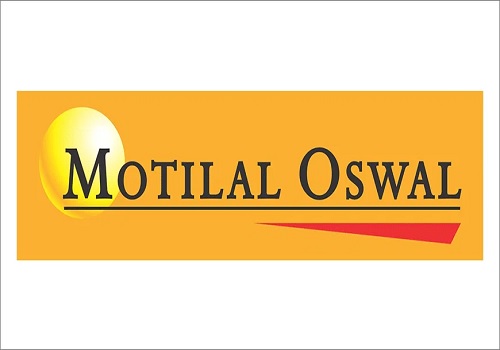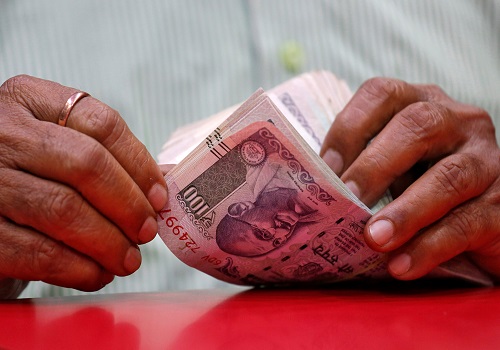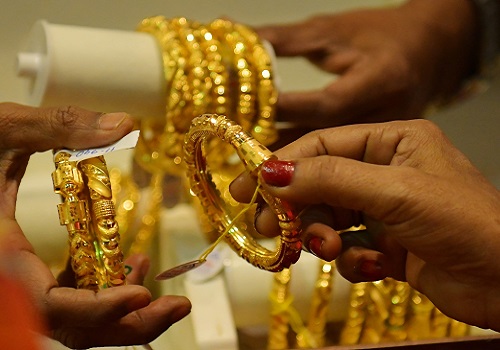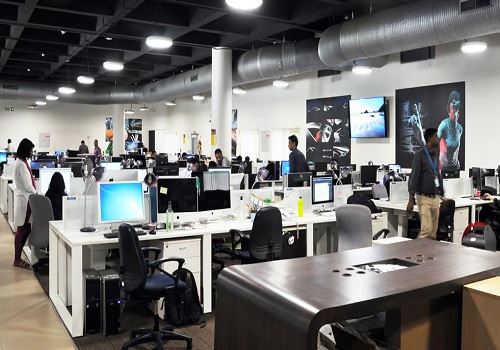Senco Gold coming up with IPO to raise upto Rs 426.53 crore

Senco Gold
- Senco Gold is coming out with a 100% book building; initial public offering (IPO) of 1,34,55,148 shares of Rs 10 each in a price band Rs 301-317 per equity share.
- Not more than 50% of the issue will be allocated to Qualified Institutional Buyers (QIBs), including 5% to the mutual funds. Further, not less than 15% of the issue will be available for the non-institutional bidders and the remaining 35% for the retail investors.
- The issue will open for subscription on July 4, 2023 and will close on July 6, 2023.
- The shares will be listed on BSE as well as NSE.
- The face value of the share is Rs 10 and is priced 30.10 times of its face value on the lower side and 31.70 times on the higher side.
- Book running lead managers to the issue are IIFL Securities, Ambit and SBI Capital Markets.
- Compliance Officer for the issue is Surendra Gupta.
Profile of the company
The company is a pan-India jewellery retail player with a history of more than five decades and has a fourth generation entrepreneur in the jewellery industry as its Promoter. It is the largest organized jewellery retail player in the eastern region of India based on number of stores and among eastern India based jewellery retailers, it has the widest geographical footprint in non-eastern states. It primarily sell gold and diamond jewellery and also sell jewellery made of silver, platinum and precious and semi-precious stones and other metals. Its other offerings also include costume jewellery, gold and silver coins and utensils made of silver.
The company’s products are sold under the ‘Senco Gold & Diamonds’ tradename, through multiple channels, including its 75 Company Operated Showrooms and 61 Franchisee Showrooms (including four franchisee owned and Company operated Showrooms) and various online platforms, including its website www.sencogoldanddiamonds.com. Its strategy of operating through multiple channels enables it to allocate capital as required, as it continues to expand geographic presence and work towards an omni channel network. With a catalogue offering more than 120,000 designs for gold jewellery and more than 69,000 designs for diamond jewellery, the company offers a large variety of designs of handcrafted jewellery, most of which are designed and manufactured in-house by its designers in close collaboration with skilled local craftsmen (generally termed Karigars) in Kolkata and across the country. Machine made light weight jewellery in gold and diamonds are also manufactured at its manufacturing facility based on designs prepared by its inhouse designers and also sourced from third partner manufacturing vendors.
Proceed is being used for:
- Funding working capital requirements of the Company.
- General corporate purposes.
Industry overview
The domestic gems and jewellery market was roughly Rs 4,700 billion in fiscal 2023 with gold jewellery dominating the overall market with a 66% share. Domestic jewellery demand has historically been dominated by consumption. Consumption of jewellery studded with diamond, pearls and other precious and semi-precious stones, has also been rising over the past five years but remains significantly lower than that of gold jewellery. Growing demand for studded jewellery could be attributed to changing consumer preferences, a rising presence of organised players and aggressive advertising campaigns. The convergence of several growth impediments - moderate growth in GDP per capita, demonetisation, rise in gold prices, the Covid-19 pandemic and adverse regulatory changes (such as an increase in import duty and PMLA implementation) - stalled gold demand growth over fiscals 2016-23. Jewellery demand declined to 558 tonne in fiscal 2017, affected by adverse regulatory changes such as demonetisation of high currency notes in the third quarter of fiscal 2017. It rose to 597 tonne and 604 tonne in fiscals 2018 and 2019, respectively. However, it again declined to 493 tonne and 369 tonne in fiscals 2020 and 2021, respectively, owing to high gold prices, an increase in import duty on gold, as well as Covid-19-induced lockdowns and store shutdowns.
Gold jewellery demand rose to 579 tonnes in fiscal 2022 driven by the release of pent-up demand. After rising in fiscal 2020, domestic gold prices increased further by 30% in fiscal 2021 in line with the rise in international prices and rupee depreciation, which had an impact on demand. Sales volumes plunged due to lower discretionary spending following the onset of the pandemic, with stores remaining shut for most of the first quarter, and intermittent lockdowns in some states in the second quarter. The festive season led to an improvement in demand during the third quarter, which held up in the last quarter too, due to the previous year’s low base, wedding purchases and an improvement in consumer sentiment. Overall, demand declined 19% in volume terms in fiscal 2021. Volume demand increased in fiscal 2022, driven by a low base, higher discretionary spending and the waning impact of the pandemic. The postponement of marriages because of the pandemic implied that pent-up demand manifested in fiscal 2022. Overall, volume demand rose 50% in fiscal 2022.
Pros and strengths
Strong brand name with heritage and legacy of over five decades: To ensure transparency to the company’s customers, it has been BIS hallmarking its gold jewellery for all gold jewellery, since 2012, prior to the regulatorily mandated hallmarking which started from May 2021. It has also installed gold testing machines (XRF machines) to provide assurance to customers for the hallmarked gold jewellery sold by it at all its Showrooms and follow stringent and transparent purity checks to ensure quality of its jewellery before being sold to its customers. Majority of the gold used as raw material by it is sourced by way of gold metal loan facilities offered by bullion banks and loose diamonds are mostly procured from reputed sightholders and the manufacturing of jewellery is carried out either by the skilled Karigars in West Bengal for hand made products or by organised manufacturers in Mumbai, Maharashtra or Kerala or Coimbatore, Tamil Nadu or Rajkot, Gujarat or in house at its manufacturing facility at Ankurhati, Howrah.
Largest organised jewellery retail player in eastern region of India: The company is the largest organised jewellery retail player in the eastern region of India based on number of stores and among eastern India based jewellery retailers, it has the widest geographical footprint in non-eastern states. Its oldest operational showroom is located in the Bowbazar area of Kolkata (a jewellery market hub), where it has been present, through Senco Jewellery Museum (an erstwhile family run proprietary concern), for over five decades. From its roots in Kolkata, West Bengal, it has strategically expanded its presence to 13 states across India. As on March 31, 2023, it has 75 Company Operated Showrooms and 61 Franchisee Showrooms (including four franchisee owned and Company operated Showrooms) located across 96 cities and towns in India with an aggregate area of approximately 409,882 sq. ft. In line with its expansion strategy, while entering new state geographies, it endeavour to register its presence in the state capital or the largest city in the state through Company Operated Showrooms before venturing into tier-II and tier-III locations in such state, primarily through franchisee showrooms in order to leverage logistical efficiency of inventory and return on capital.
Strong ‘Company Operated Showroom’ base complemented by an established asset-light ‘franchise’ model: The company focuses on attaining an optimal balance between its operated Showrooms and expanding its asset-light franchisee model. To capitalise on the shift in consumer demand to organised jewellers from the traditionally unorganised, many brands started to expand their presence at a pan-India level. Apart from opening company operated showrooms, many also adopted the asset-light, franchisee route for expanding their geographical presence. This reduced the capital expenditure (capex) requirement and enabled faster expansion. Its showroom count as on March 31, 2023 is 75 Company Operated Showrooms and 61 Franchisee Showrooms (including four franchisee owned and Company operated Showrooms). Among the eastern India based jewellery retailers, it has the widest geographical footprint in non-eastern states. The addition of 19 Company Operated Showrooms (net) during the years from Fiscal 2021 till Fiscal 2023 resulted in revenues of Rs 5,054.73 million and capital expenditure of Rs 260.91 million as compared to an increase of 12 Franchisee Showrooms (net) over such period which resulted in revenues of Rs 2,645.44 million and without any capital expenditure.
Calibrated focus on light, affordable jewellery: The company’s wide range of product offerings caters to diverse customer segments. In particular, it caters to the upwardly mobile class and younger generation. Further millennials or Gen Y being persons born between 1981 and 1996 tend to have slightly higher disposal income while Gen Z, born after 1996, are yet to hit their peak earning potential, leading to lower disposal incomes. With the increasing number of working women, exposure to global designs, and rising number of young consumers who prefer to purchase jewellery for adornment rather than investments, consumer preferences is shifting away from traditional bulky jewellery to light-weight fashion items. Hence, jewellery retailers have started manufacturing light-weight jewellery of contemporary designs, suitable for daily use. Accordingly, its product range, for light and affordable jewellery starts at approximately Rs 2,000. Further, it has a diverse range of offerings within the category of affordable jewellery, with an active catalogue of more than 120,000 designs for gold jewellery designs and more than 69,000 designs for diamond jewellery.
Risks and concerns
Dependent on sale of gold jewellery: The company’s revenue from sale of gold jewellery amounted to Rs 36,570.88 million, Rs 32,351.42 million and Rs 24,449.52 million in Fiscals 2023, 2022, 2021, respectively. The revenue from sale of gold jewellery accounted for 89.69%, 91.53% and 91.90% of its total revenue from operations in Fiscals 2023, 2022 and 2021, respectively. Accordingly, any factors adversely affecting its sales of gold jewellery may negatively impact its business, financial condition, results of operations and prospects. The availability of gold, being its key raw material, may be adversely affected due to various reasons, which might affect its production of gold jewellery. Any decrease in supply of gold or its inability to effectively procure gold at competitive rates, in time, or at all, may adversely impact its business, financial condition, results of operations and growth prospects. Further, factors that may adversely impact sale of gold jewellery, such as imposition of increased KYC regulations or changing consumer preferences, may lead to decrease in its revenues.
Face significant competition in the Indian jewellery market: Competition in the retail Indian jewellery industry is significant. The company operates in highly competitive and fragmented markets, and competition in these markets is based primarily on market trends, pricing and customer preferences. The players in the retail jewellery sector in India often offer their products at highly competitive prices and many of them are well established in their local markets. Some of the major organised jewellery retailers in India include Titan Company (through its brand Tanishq), PCJ, KJIL, JIPL, TBZ, TJL and Malabar Gold Pvt. Ltd. Also, some of the major organised jewellery retailers in eastern India include PC Chandra Jewellers, Anjali Jewellers Pvt Ltd and MP Jewellers. Some of its competitors may be larger than it in terms of business volume and may have greater capital, technical capabilities and financial and other resources than it which may enable them to secure opportunities at lower prices or to otherwise incentivize the buyers. In addition, its competitors that are smaller specialized entities may compete effectively against it in a particular region based on price, size and established regional trust with the local customers.
Requires significant amounts of working capital: The company’s business requires a substantial amount of working capital, primarily to finance the purchase of raw materials. It intends to continue growing by setting up new Company Operated Showrooms, new franchisee operated showrooms and increase its focus on sale of diamond jewellery for which it need incremental working capital. It may not be successful in obtaining additional funds in a timely manner and/or on favourable terms including rate of interest, primary security cover, collateral security, terms of repayment, or at all. Moreover, certain of its loan documentations contain provisions that limit its ability to incur future debt. If it does not have access to additional capital, it may be required to delay, scale back or abandon some or all of its plans or growth strategies or reduce capital expenditures and the size of its operations may get constrained.
Depends on ability to attract and retain skilled Karigars, designers and sales personnel: The company’s success depends on its ability to attract, hire, train and retain skilled designers, craftsmen and sales personnel. In the jewellery retail industry, the level and quality of sales personnel and customer service are key competitive factors and an inability to recruit, train and retain suitably qualified and skilled sales personnel could adversely impact its reputation, business prospects and results of operations. It has historically experienced difficulty in identifying, training and retaining sales personnel. While it spends significant resources in training of its employees, it cannot assure that its employees will be able to perform their respective tasks in a skilled manner or at all. Additionally, the employees of its franchisee stores are not its employees. The respective franchisee is primarily responsible for the training of such employees and impart them the necessary skills required in its line of business. While it does provide training support to its franchise, it cannot assure or control the quality of services offered by the employees of its franchisees. Any negative quality of service will impact its brand image.
Outlook
Senco Gold is a pan-India jewelry retailer. The products are sold under its brand name ‘Senco Gold & Diamonds’. Senco Gold primarily sells gold and diamond jewelry along with jewelry made of silver, platinum, precious and semi-precious stones, and other metals. The company also offers costume jewelry, gold, and silver coins, and utensils made of silver. With a catalog of more than 108,000 designs for gold jewelry and more than 46,000 designs for diamond jewelry, the company offers a variety of designs of handcrafted jewelry, most of which are designed and manufactured in-house in collaboration with over 170 skilled local craftsmen in Kolkata and across the country. As on March 31, 2023, the company has a team of 20 designers. The company also manufactures machine-made lightweight jewelry in gold and diamonds and source jewelry from third-party vendors. On the concern side, the company is governed by various laws and regulations for its business and operations. It is required, and will continue to be required, to obtain and hold relevant licenses, approvals and permits at the local, state and central government levels for doing its business. Besides, a significant increase in the price of gold or a negative outlook on future gold prices could, in the short term, adversely affect its sales volumes. Any such fluctuation in the price of gold, diamonds or other raw materials may materially and adversely affect its revenue from operations and profitability.
The company is coming out with an IPO of 1,34,55,148 equity shares of face value of Rs 10 each. The issue has been offered in a price band of Rs 301-317 per equity share. The aggregate size of the offer is around Rs 405.00 crore to Rs 426.53 crore based on lower and upper price band respectively. On the financial front, the company’s overall revenue from operations increased to Rs 40,774.04 million for Fiscal 2023 from Rs 35,346.41 million for Fiscal 2022, representing an increase of 15.36%. The company’s profit for the year increased by Rs 293.77 million or 22.75% to Rs 1,584.79 million for Fiscal 2023 from Rs 1,291.02 million for Fiscal 2022. Going forward, the company’s strategy is to increasingly market its products to millennial customers through digital media, such as social media websites. Its branding strategy helps it to retain existing customers and attract new customer. Besides, the company aims to continue to increase its presence in the digital space through its online platforms as well as through online marketplaces. With the increasing use of the internet in India and the continued development of online channels, it will be able to expand its customer reach and increase its sales through the digital channel with relatively low investments.





